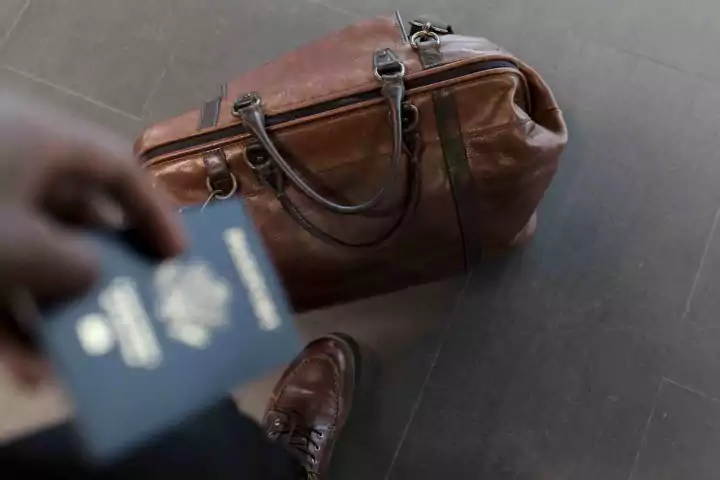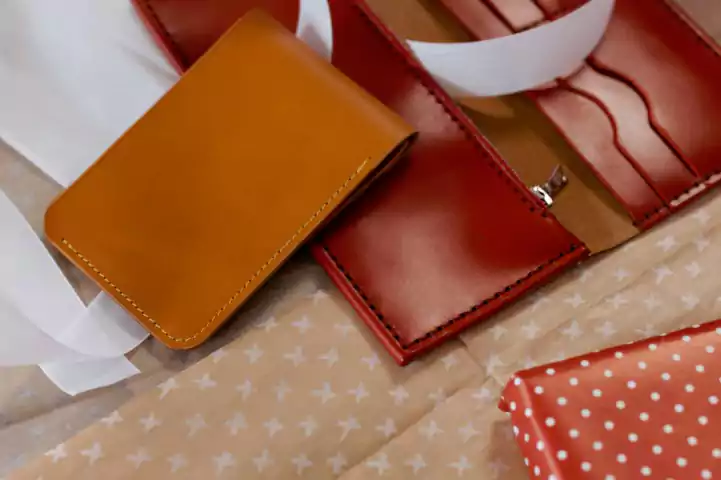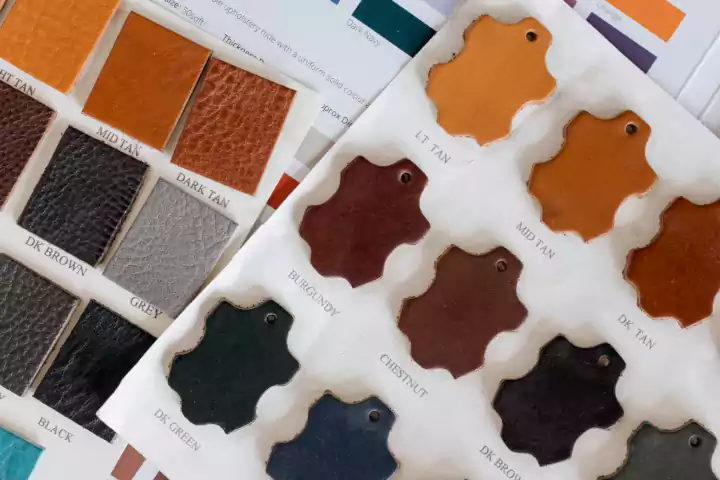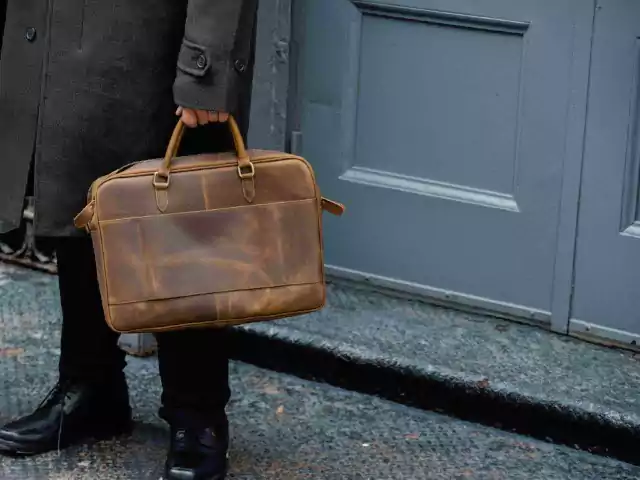Leather
has been an essential material for centuries, used in various industries and
applications. From fashion and accessories to furniture and automotive
upholstery, leather offers a unique combination of durability, versatility, and
elegance. In this article, we will delve into the world of leather, exploring
its origins, manufacturing process, different types, and popular uses. So, grab
a seat and let's embark on this journey to discover the wonders of leather.
Topics Covered in This Blog
·
Introduction: The
allure of leather
·
The history and
origins of leather
·
The leather
manufacturing process
·
Types of leather
·
Full-grain
leather
·
Top-grain leather
·
Corrected-grain
leather
·
Split leather
·
Leather in
fashion and accessories
·
Leather jackets
·
Leather handbags
·
Leather shoes and
boots
·
Leather belts
·
Leather in
interior design
·
Leather furniture
·
Leather
upholstery
·
Leather in
automotive industry
·
Leather car seats
·
Leather steering
wheels
·
Leather interiors
·
Caring for
leather products
·
Cleaning and
maintenance tips
·
Avoiding common
pitfalls
·
Sustainable and
ethical leather
·
Eco-friendly
tanning methods
·
Animal welfare
considerations
·
Conclusion
·
FAQs
Introduction: The allure of leather
Leather
has captivated human beings since ancient times. Its rich texture, distinct
smell, and inherent durability make it a highly desirable material across
cultures and generations. Whether it's the supple touch of a leather handbag or
the sleek elegance of a leather jacket, there's something undeniably alluring about
leather.
The history and origins of leather
Leather
production dates back thousands of years, with early civilizations recognizing
the strength and usefulness of animal hides. Ancient Egyptians, Greeks, and
Romans used leather for clothing, footwear, and even armor. Over time, leather
became a symbol of luxury and status, adorning the clothing and accessories of
nobility and royalty.
The leather manufacturing process
To
transform raw animal hides into leather, a complex and meticulous process is
employed. The manufacturing process involves several stages, including
cleaning, soaking, hair removal, tanning, and finishing. Each step contributes
to the final quality and characteristics of the leather, such as its softness,
color, and resistance to wear and tear.
Types of leather
Leather
comes in various types, each with its unique characteristics and uses. The most
common types of leather include full-grain leather, top-grain leather,
corrected-grain leather, and split leather. Full-grain leather is the highest
quality, as it retains the natural grain and imperfections of the hide, making
it exceptionally durable and breathable.
Leather in fashion and accessories
Leather
has always been synonymous with style and fashion. It adds a touch of
sophistication to any outfit and provides long-lasting quality. Leather
jackets, handbags, shoes, and belts are some of the timeless fashion items that
showcase the versatility and elegance of leather.
Leather in interior design
Leather
is not limited to fashion; it also plays a significant role in interior design.
Leather furniture, such as sofas and armchairs, exude luxury and comfort.
Additionally, leather upholstery on car seats or home interiors adds a touch of
refinement and durability.
Leather in the automotive industry
Luxury
cars often feature leather interiors for their premium appeal. Leather car
seats and steering wheels provide a luxurious driving experience, combining
comfort with durability. The automotive industry recognizes the value of
leather in creating a sophisticated and comfortable environment for drivers and
passengers alike.
Caring for leather products
To
ensure the longevity of leather products, proper care and maintenance are
essential. Regular cleaning, conditioning, and protection from harsh elements
can help preserve the quality and appearance of leather. It's important to
follow specific care instructions provided by manufacturers and use appropriate
leather care products.
Sustainable and ethical leather
As
society becomes increasingly conscious of sustainability and animal welfare,
the leather industry has also undergone changes. Eco-friendly tanning methods,
such as vegetable tanning, reduce the environmental impact of leather
production. Furthermore, ethical considerations regarding animal welfare have
led to the development of alternative materials and innovative technologies.
Conclusion
Leather
continues to hold a prominent place in our lives, from fashion and interior
design to the automotive industry. Its timeless appeal, durability, and versatility
make it a cherished material that stands the test of time. By understanding its
origins, manufacturing process, and various types, we gain a deeper
appreciation for the artistry and craftsmanship behind leather goods.
FAQs
1. Can leather be waterproofed?
- Yes, leather can be treated with
waterproofing agents to increase its resistance to water.
2. How can I remove stains from
leather?
- Stains on leather can be removed using
mild soap and water or specific leather cleaners.
3. What is the difference between
aniline and semi-aniline leather?
- Aniline leather is dyed through with
transparent dyes, retaining the natural grain. Semi-aniline leather has a light
protective coating, offering better resistance to stains and fading.





